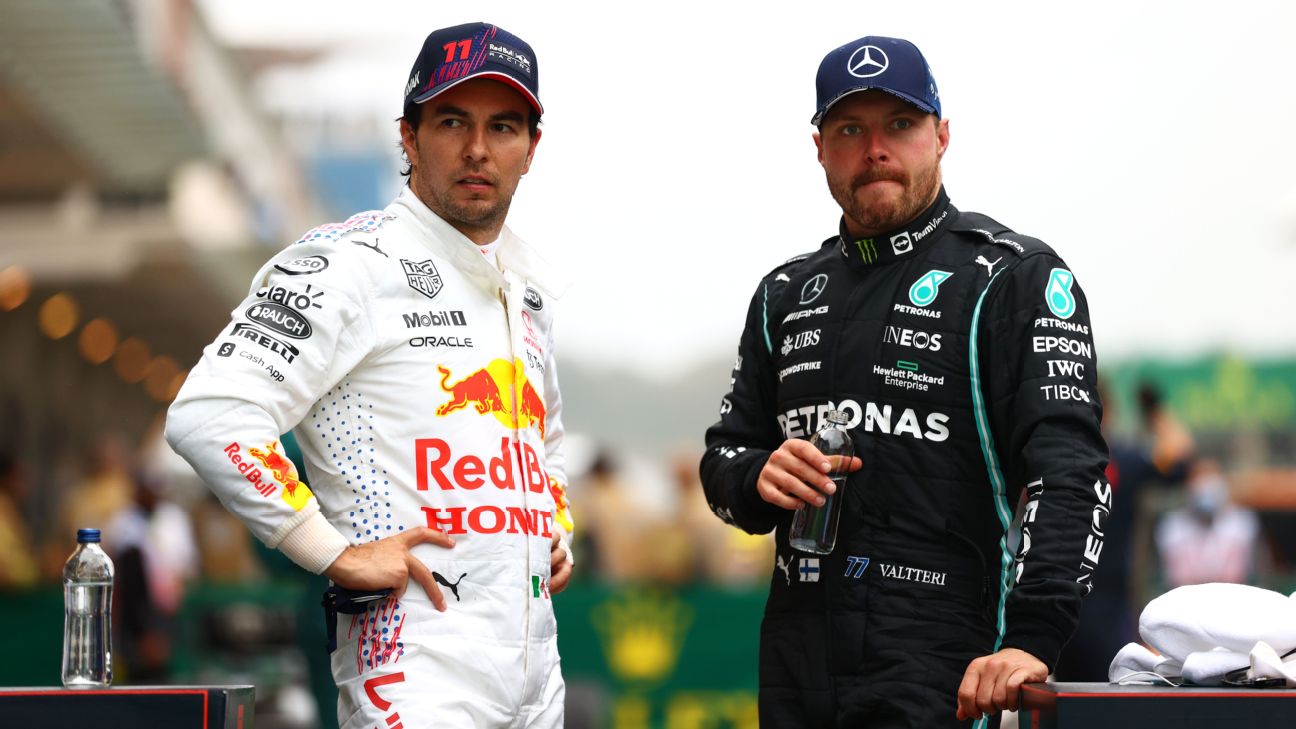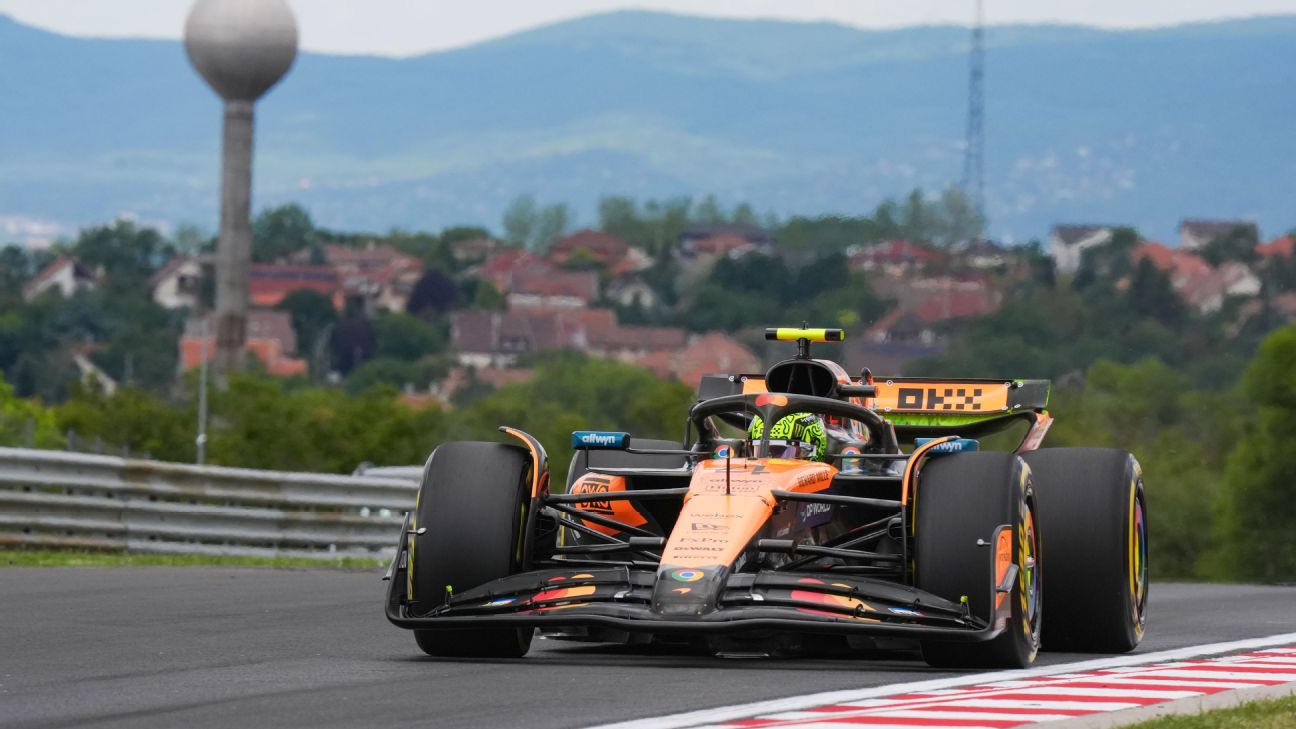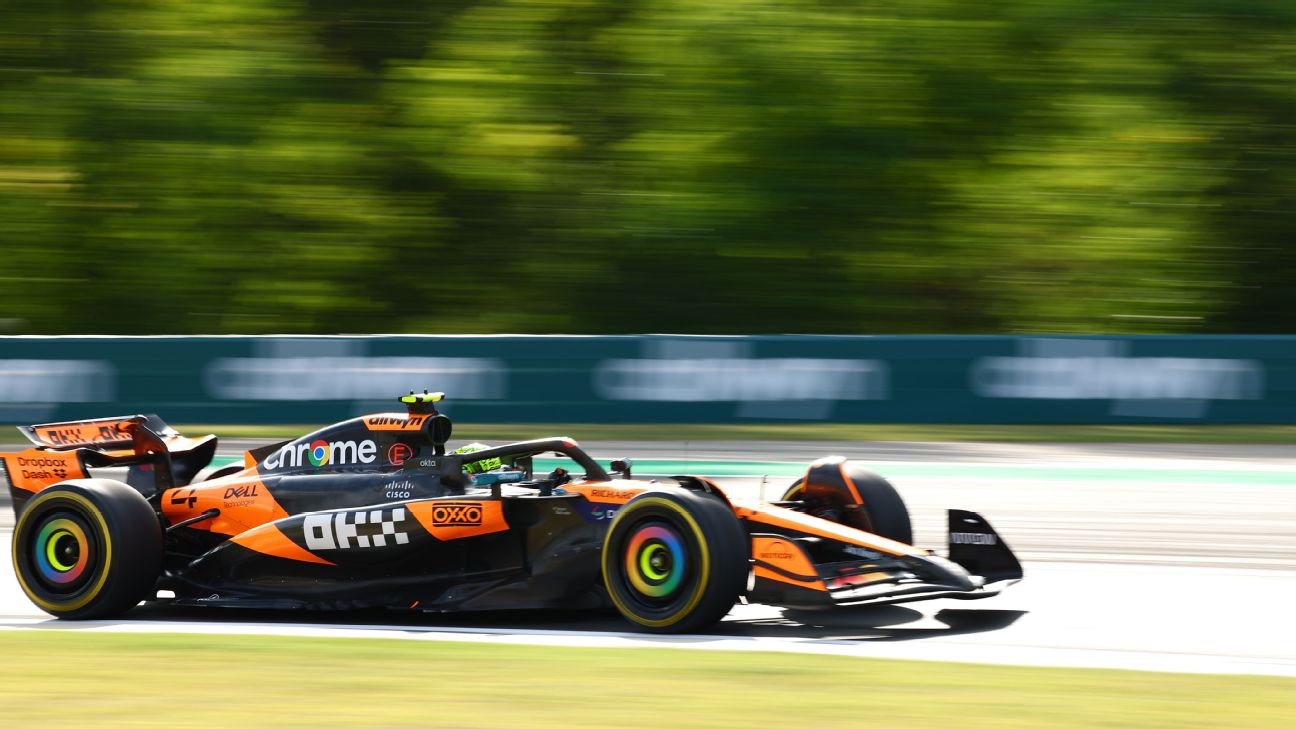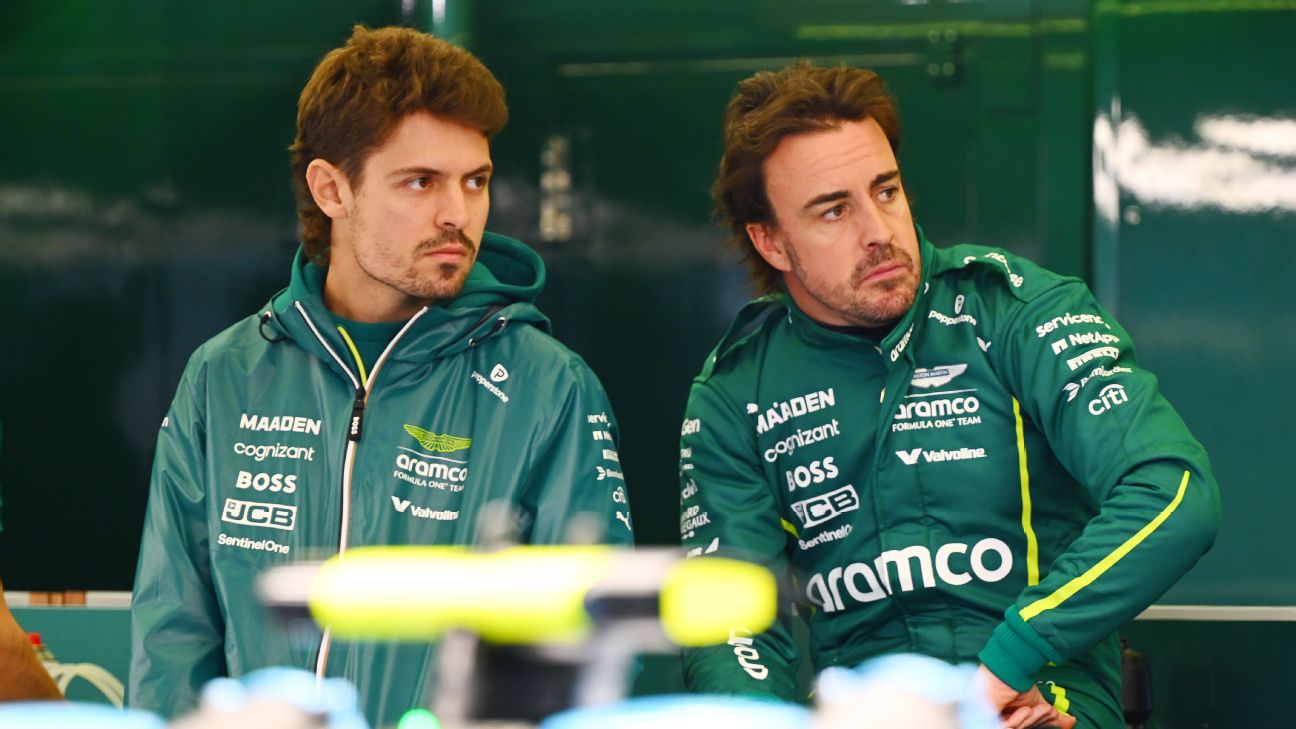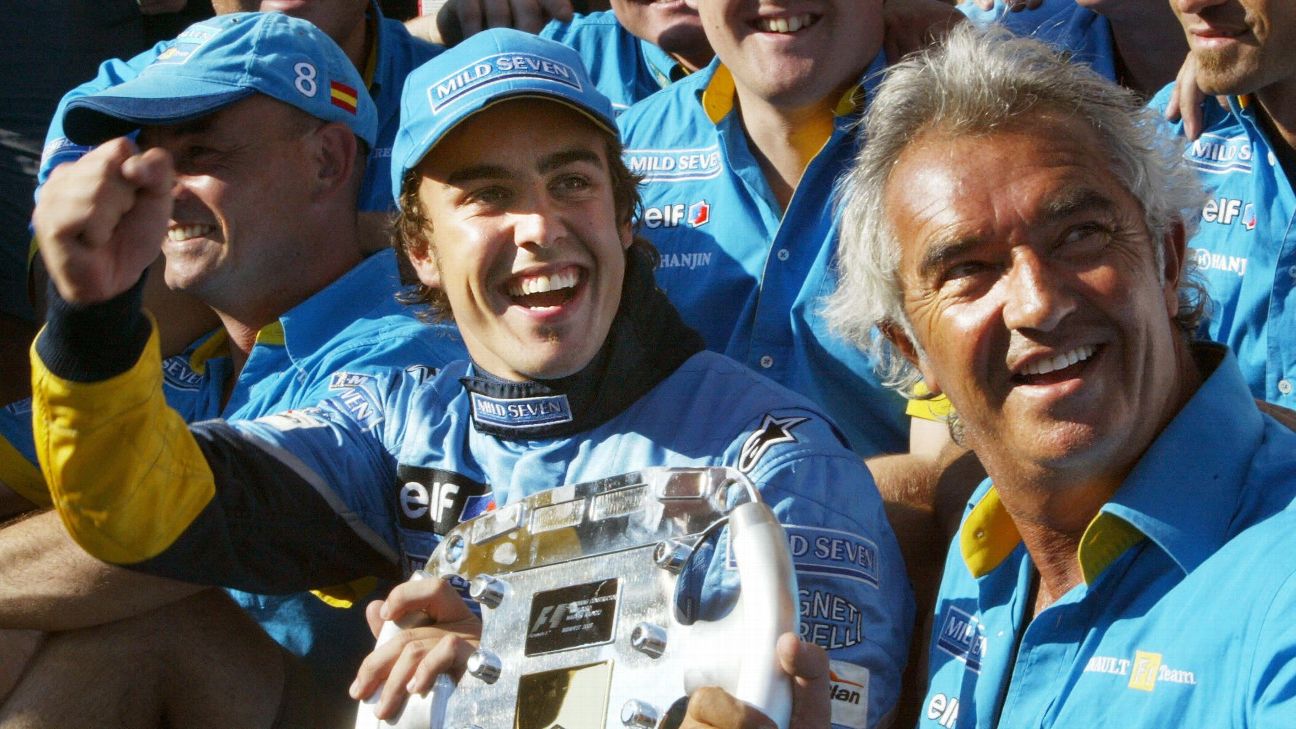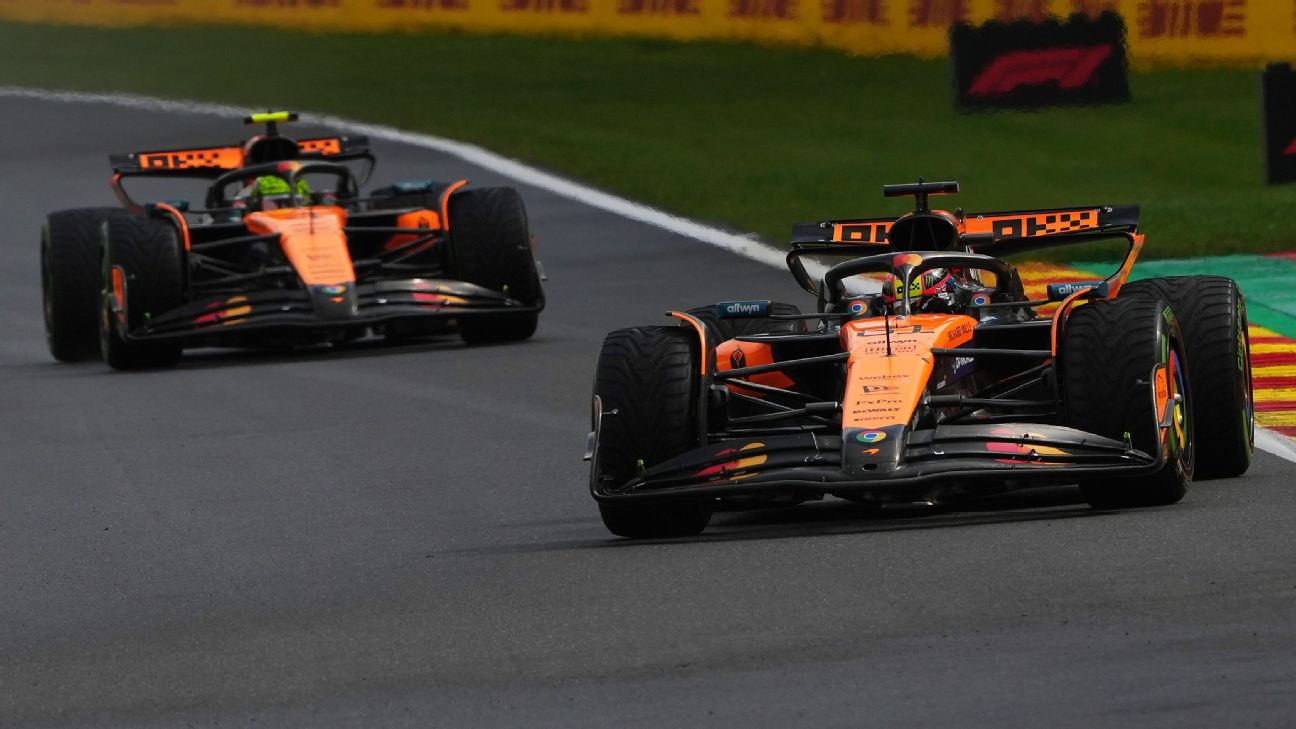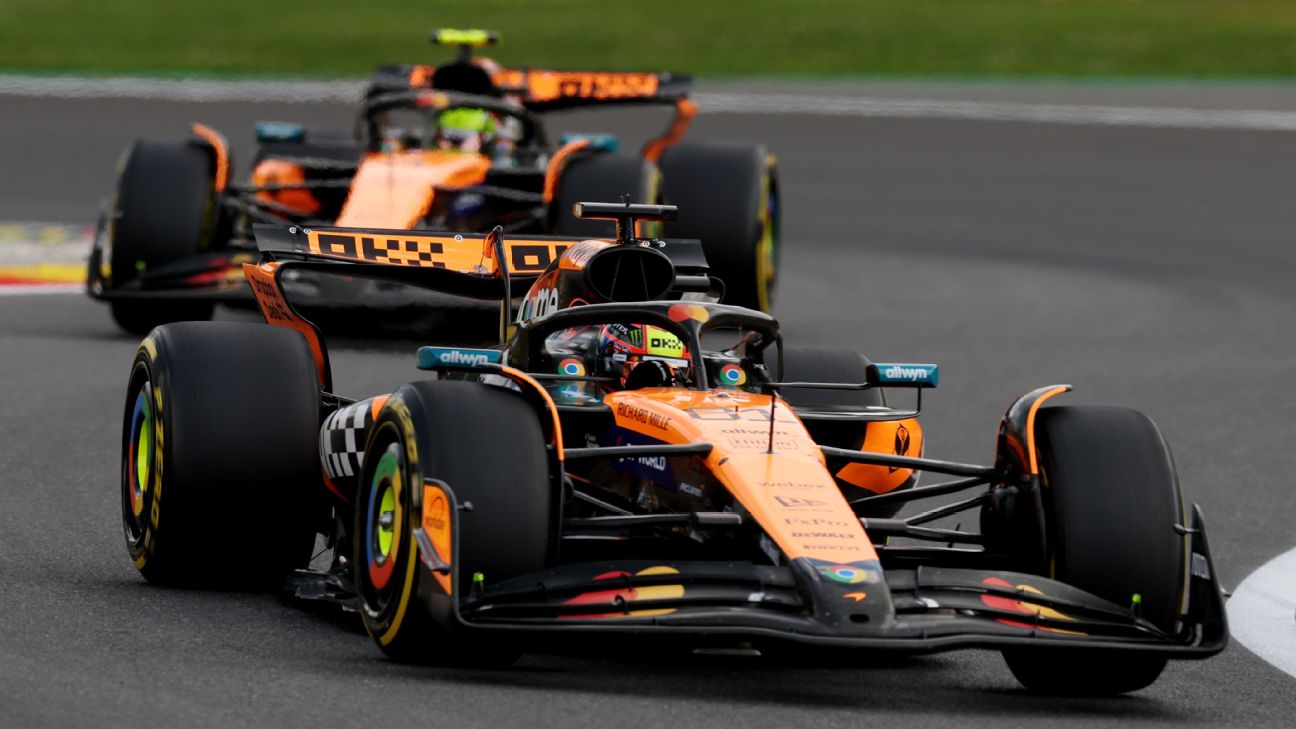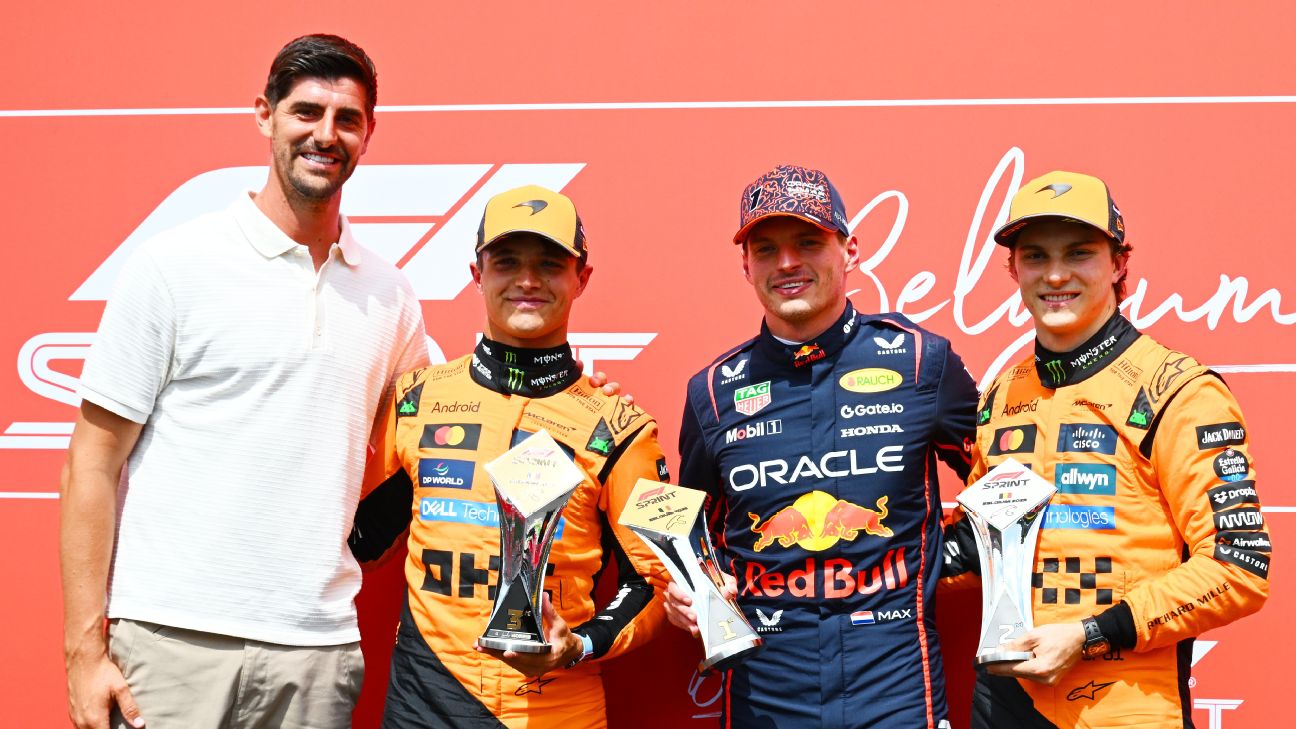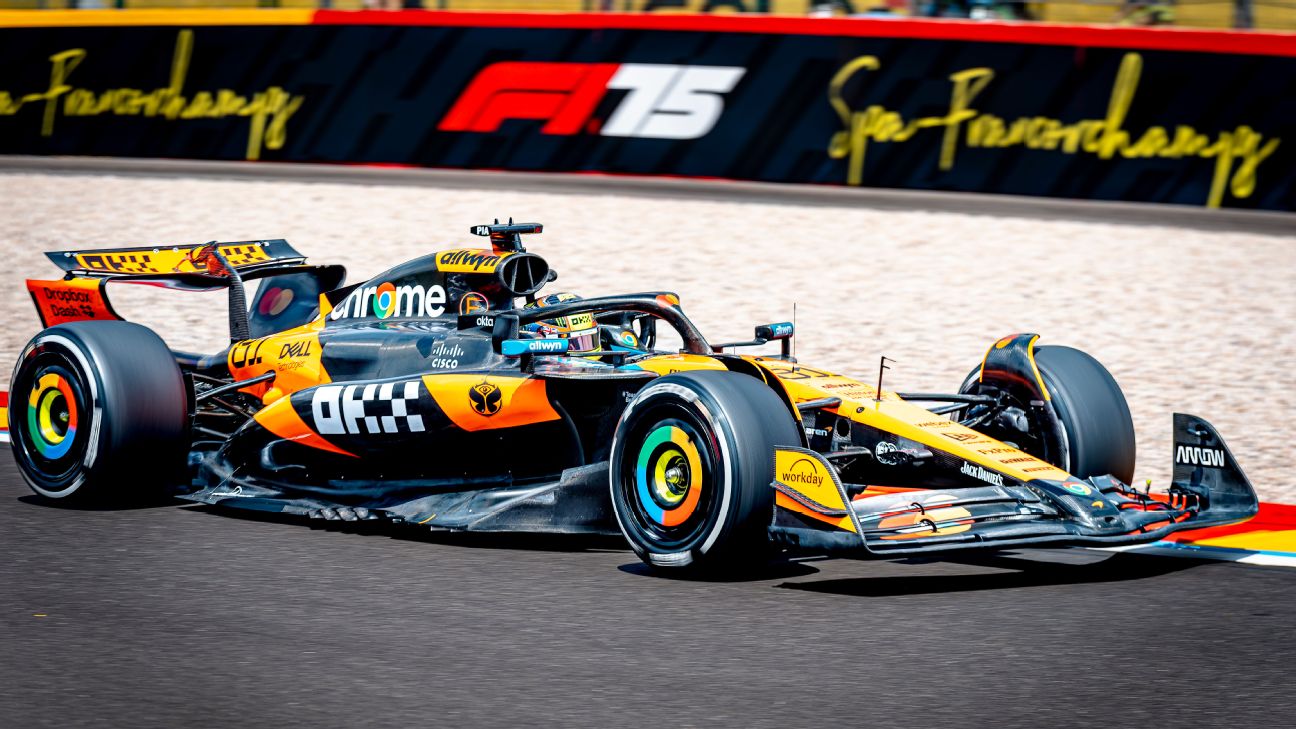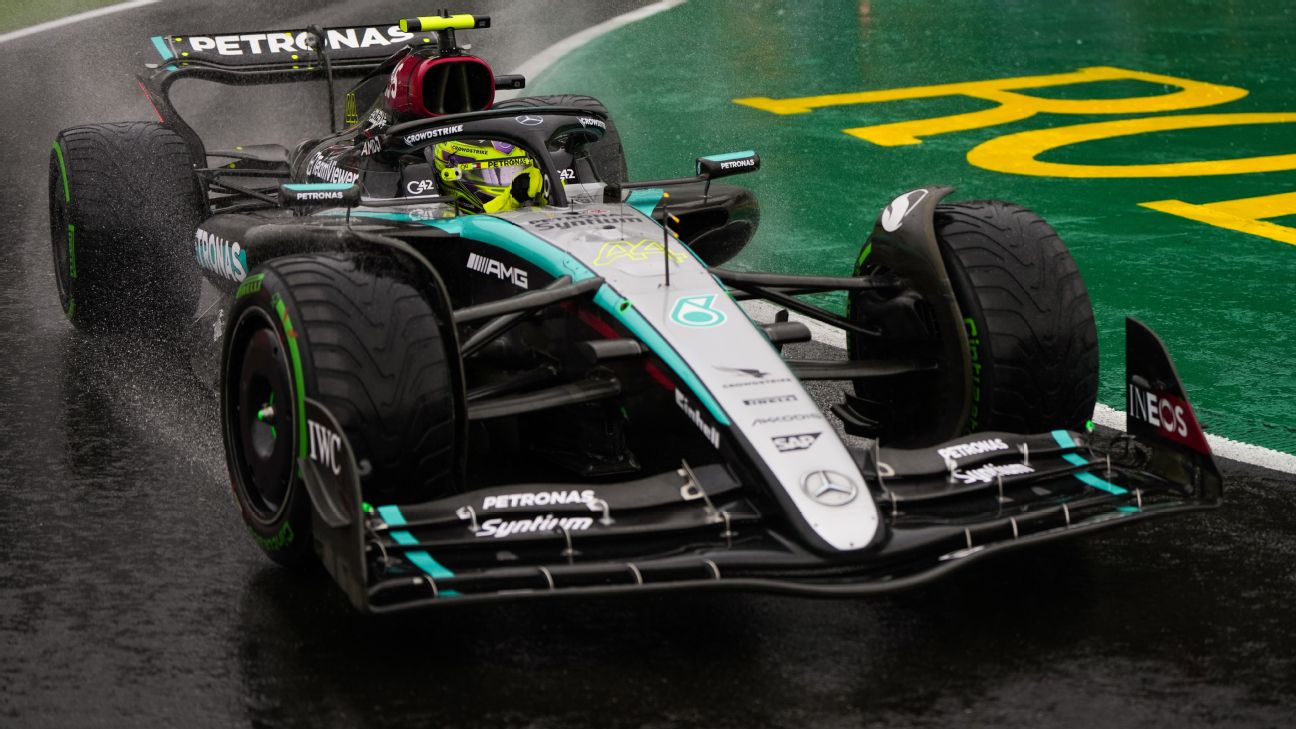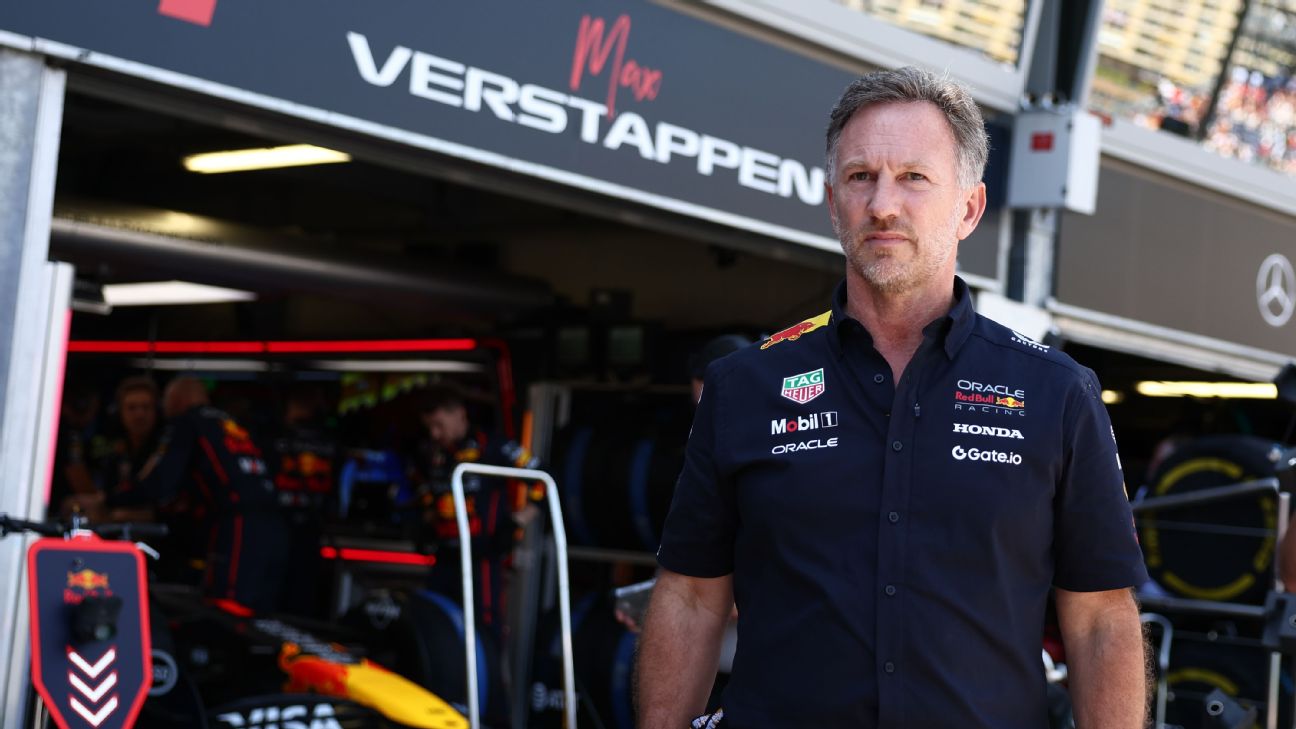Understanding F1 Penalties: Rules, Warnings, and Their Impact on the Championship Race
Explore the intricate rules of F1 penalties, from warnings to disqualifications, and how they shape the championship race.
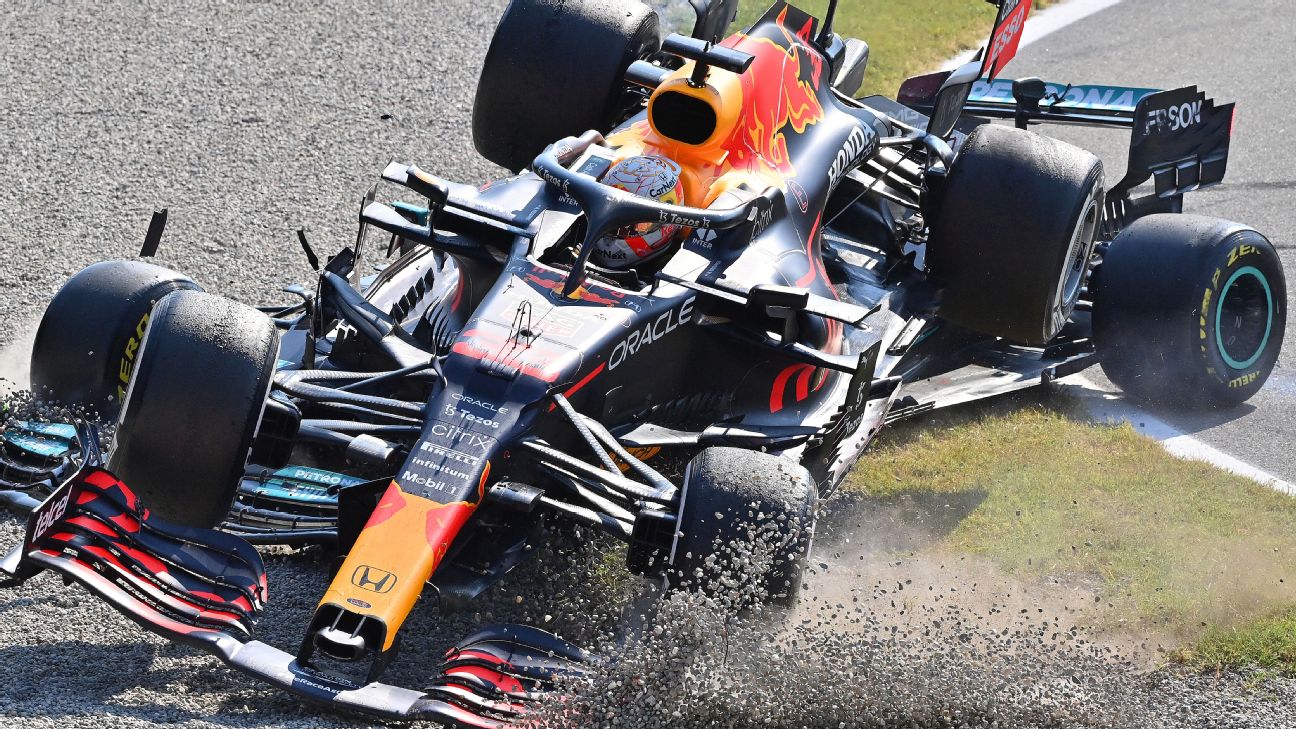
The Fédération Internationale de l'Automobile (FIA) is the governing body for international motorsport championships, including Formula 1. The FIA sets the rules and regulations to ensure a safe and fair competition for drivers and teams. When these rules are violated, penalties are imposed, which can significantly impact the race's outcome and the championship standings.
Types of F1 Penalties
Warning
A warning is often the first step before a more severe penalty. It is typically issued when a driver exceeds track limits for the first time in a race.
Reprimand
A reprimand is the next level of penalty. Drivers are allowed four reprimands per season. A fifth reprimand results in a 10-place grid penalty.
Fine
Drivers or teams may incur fines for in-race or non-race offenses. Examples include setting off on a second formation lap during an aborted start or using offensive language during a news conference.
Time Penalties
Time penalties are the most common in F1. Drivers serve these penalties during pit stops, where the car must remain stationary for a designated time before mechanics can work on it.
Drive-Through Penalties
Drive-through penalties require drivers to exit the track, pass through the pit lane at the speed limit, and then re-enter the track. Drivers have two laps to serve this penalty.
Stop-Go Penalties
Stop-go penalties are more severe, requiring drivers to stop in their pit box for a specified time before rejoining the race. Mechanics are not allowed to work on the car during this time.
Grid Penalties
Grid penalties force drivers to drop a number of grid positions at the next race weekend. Common penalties are five-place or ten-place grid drops.
Disqualification/Suspension
Serious violations can result in disqualification from the current race or suspension from the next race weekend.
Penalty Points
Penalty points are issued by the FIA and remain on a driver's F1 superlicence for 12 months. Accumulating 12 points within a year results in a one-race ban.
How F1 Penalties Are Decided
The race director reports violations to the FIA stewards, who decide if an investigation is warranted. Messages are sent to inform teams and drivers of ongoing investigations and their outcomes.
The Appeals Process
Drivers and teams can appeal penalty decisions by submitting new evidence to the FIA for a review.
For more detailed insights and the latest updates on Formula 1, visit the ESPN Formula 1 page.












